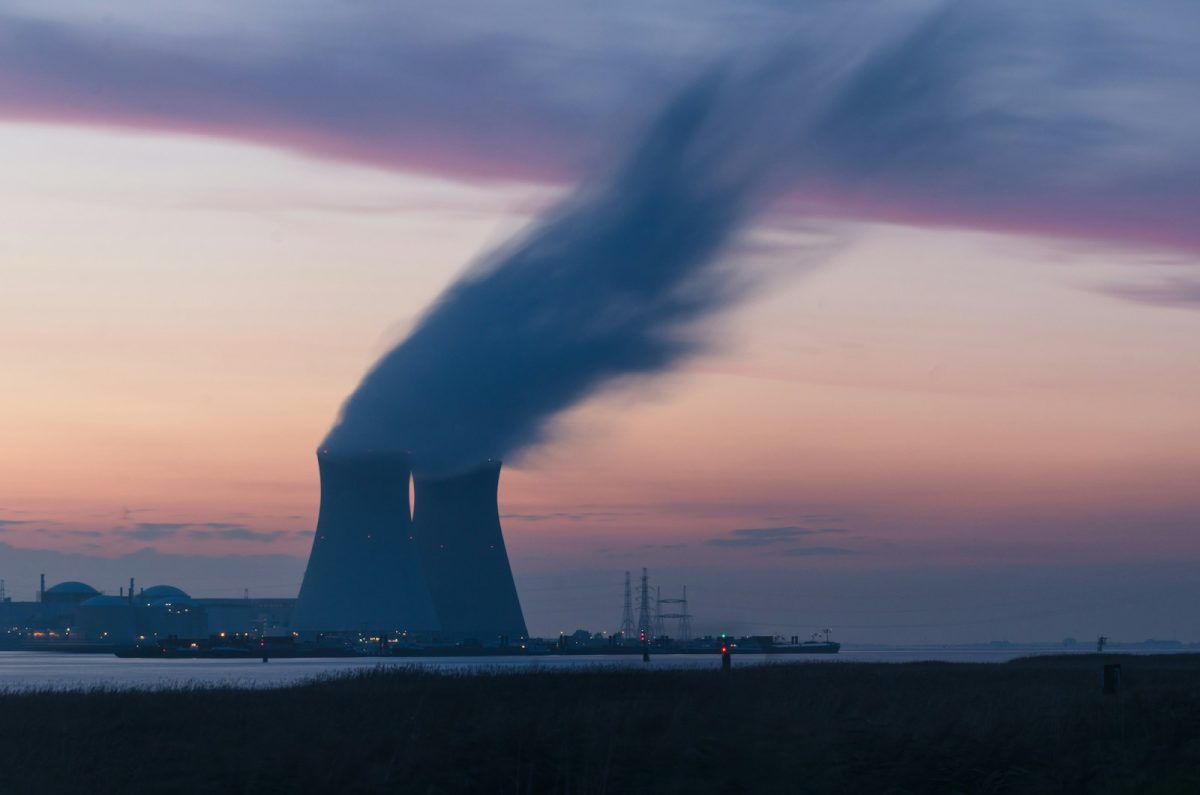
Tidal energy is renewable energy powered by the movement of ocean tides. It is hydroelectric energy harnessed by tidal stream generators, barrages, and tidal lagoons. For these to work effectively, they must be built with a high tidal range—the difference between high and low tide areas. Wave power, while also a type of hydroelectric energy, should not be confused with tidal power. The critical difference between them is that wave power generates electricity from the horizontal movement of surface water.
In contrast, tidal power harnesses the vertical movement between the high and low tides to generate electricity. Tidal stream generators work by placing turbines on the sea floor that turn as the tide changes from high to low and low to high. The mechanical energy generated from the turbines turning is then turned into electricity by the generators. This is then transmitted via underwater cables to a station and, from there, gets integrated into the power grid. Tidal barrages are structures similar to dams with gates that open and close to control water flow. When the tide rises, water enters a reservoir, closing the gates. The water can then be released into the ocean through turbines to create electricity. Tidal lagoons are similar to tidal barrages but differ because they have different structures that form an artificial lagoon. They can be installed along the coastline or connected to estuaries with water flowing into the lagoon. Tidal energy is a clean and renewable source of energy. While not as widely used as other renewable energy sources, like solar and wind, it can be beneficial and help power the electrical grid.
Related Stories:
https://bkvenergy.com/learning-center/what-is-tidal-energy/
https://www.eia.gov/energyexplained/hydropower/tidal-power.php
https://www.perchenergy.com/blog/energy/tidal-power-explained-renewable-tidal-energy
https://education.nationalgeographic.org/resource/tidal-energy/
Take Action:





